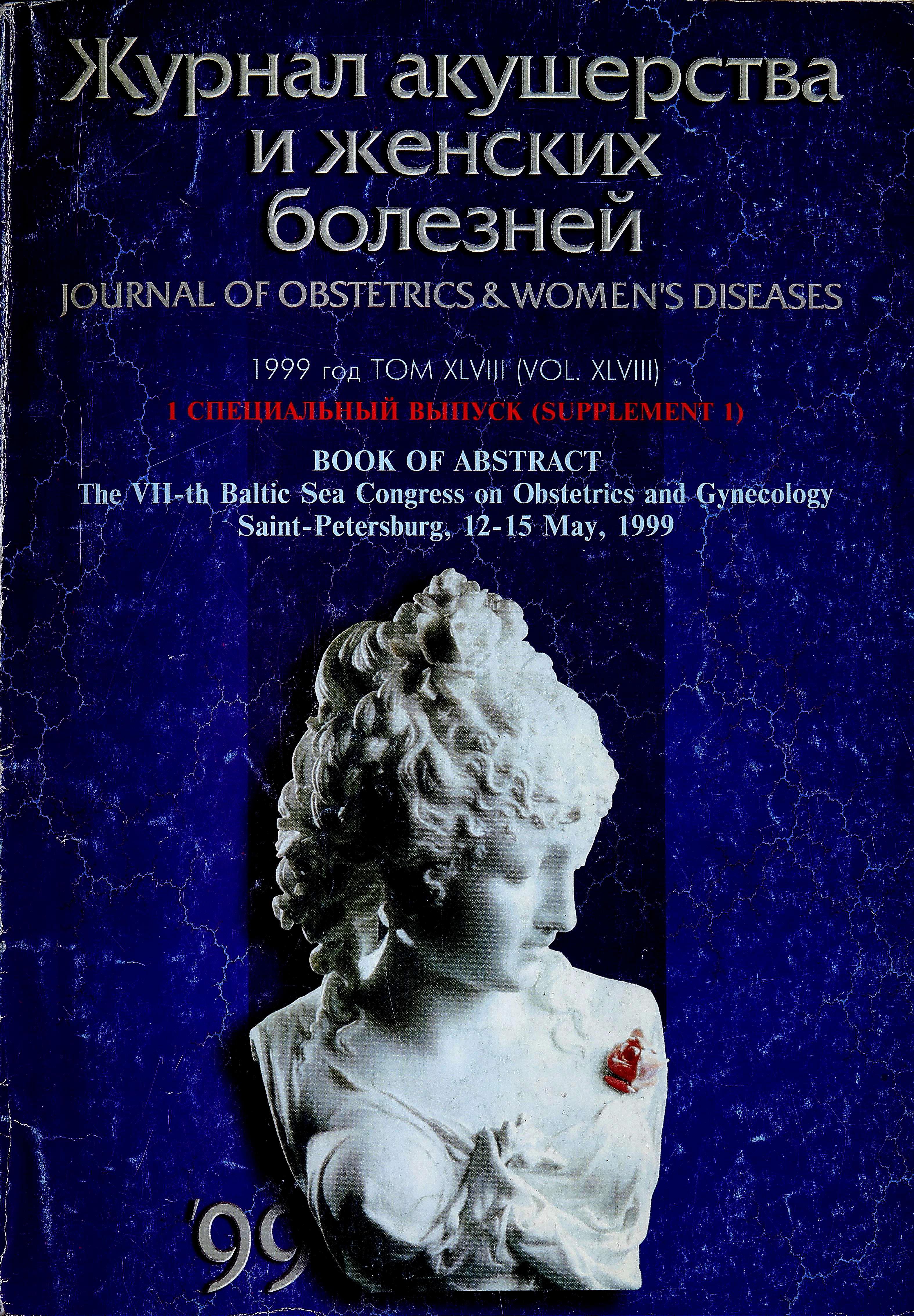Prenatal diagnosis and fetal gene therapy today and tomorrow
- Authors: Baranov V.S.1
-
Affiliations:
- D.O. Ott Institute of Obstetrics and Gynecology, Russian Academy of Medical Sciences
- Issue: Vol 48, No 5S (1999)
- Pages: 39-39
- Section: Articles
- Submitted: 15.02.2022
- Accepted: 15.02.2022
- Published: 15.12.1999
- URL: https://journals.eco-vector.com/jowd/article/view/100798
- DOI: https://doi.org/10.17816/JOWD100798
- ID: 100798
Cite item
Full Text
Abstract
Availability of foetal tissues at any stage of human embryonic development, started with fertilized oocyte supplemented by tremendous progress in molecular and cytogenetical techniques resulted in almost ultimate and efficient solution of all major problems concerned with PD of inherited disorders (ID). The treatment of ID should be considered as a next logic step in this direction.
Keywords
Full Text
Availability of foetal tissues at any stage of human embryonic development, started with fertilized oocyte supplemented by tremendous progress in molecular and cytogenetical techniques resulted in almost ultimate and efficient solution of all major problems concerned with PD of inherited disorders (ID). The treatment of ID should be considered as a next logic step in this direction. The latter goal might be achieved either by cell (I) or by gene (II) therapies. The first approach is already at use for treatment of foetal anemia caused by Rh-conflict. It might be also applied to some other blood diseases with early manifestation (hemoglobinopathies) and even to liver cell diseases (PKU, Heamophilia A & B). Abundance of different stem cells in the foetal blood in conjunction with still insufficient immune response reaction of the foetus substantiate more experimental cell therapy studies. The report outlines results relevant to delivery of different expression gene constructions loaded with human or with some marker genes to the foetuses of mice - biological models of common human diseases - cystic fibrosis or Duchenne Muscular Dystrophy Original gene vehicles such as synthetic olygopeptides or microspheres loaded with relevant expression gene constructions were tried after administration into mother or directly into the foetus (intramniotically). Efficient transplacental transfer of human genes incorporated into different vehicles was proven by FISH and PCR techniques after v/v, i/m or i/p administration.
About the authors
V. S. Baranov
D.O. Ott Institute of Obstetrics and Gynecology, Russian Academy of Medical Sciences
Author for correspondence.
Email: info@eco-vector.com
Russian Federation, St. Petersburg
References
Supplementary files







